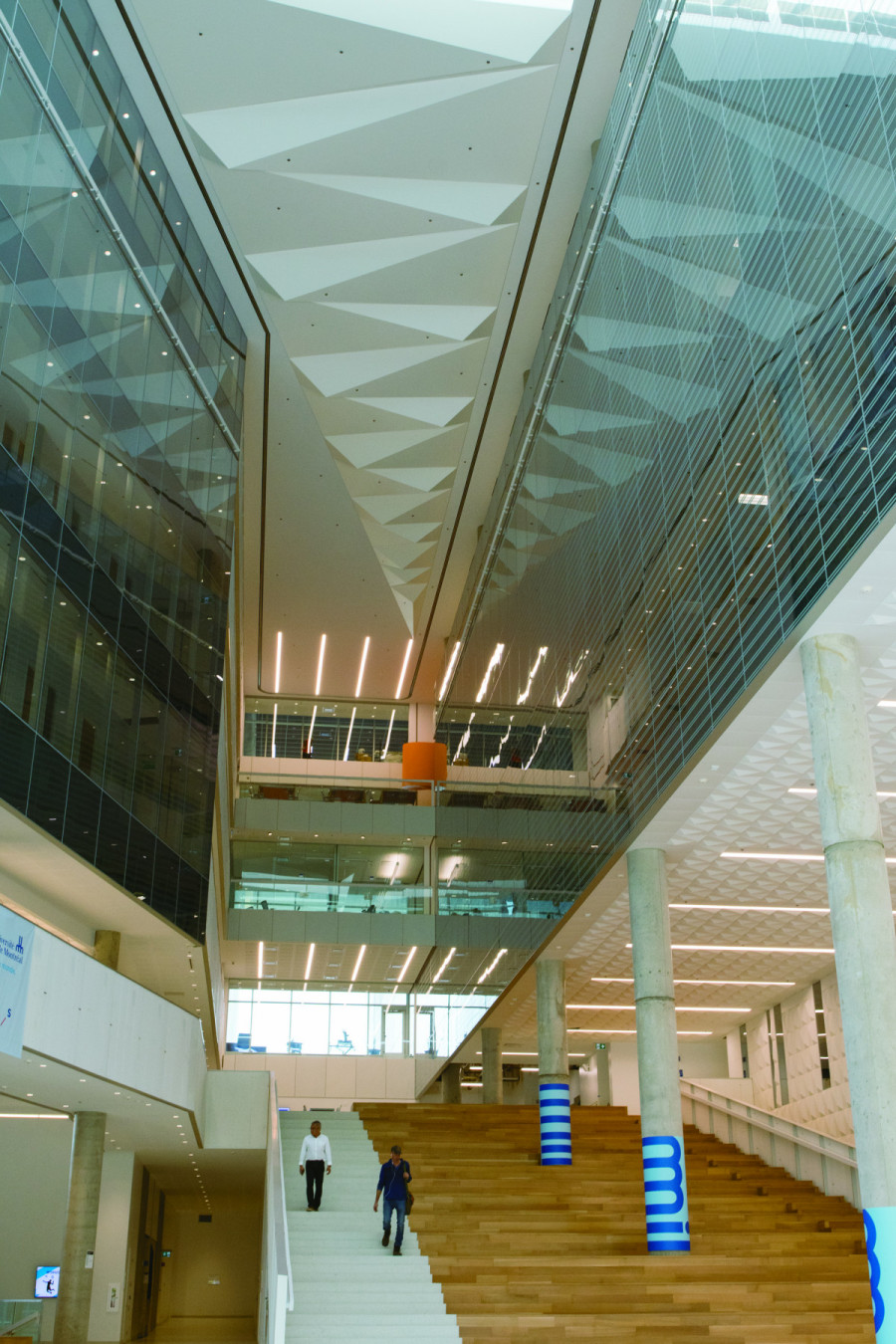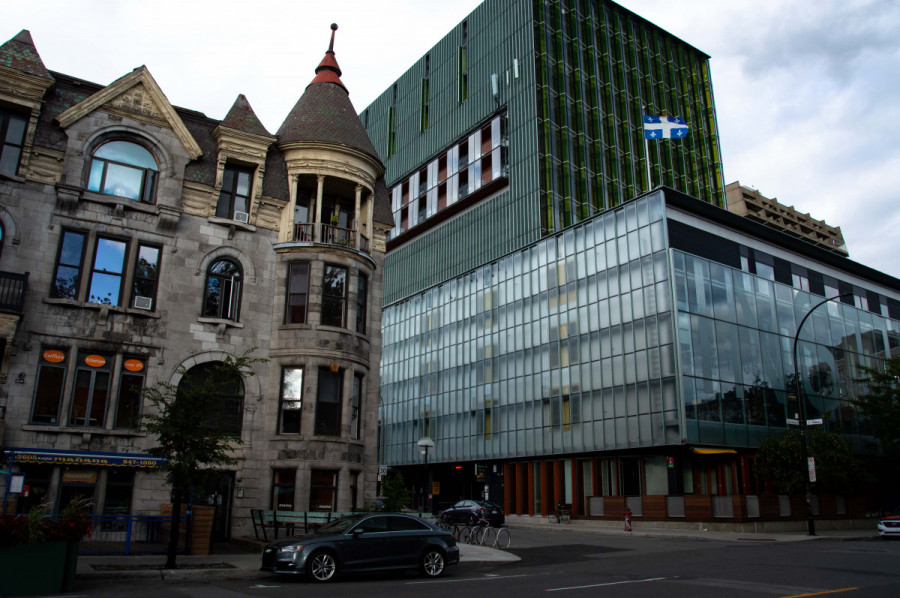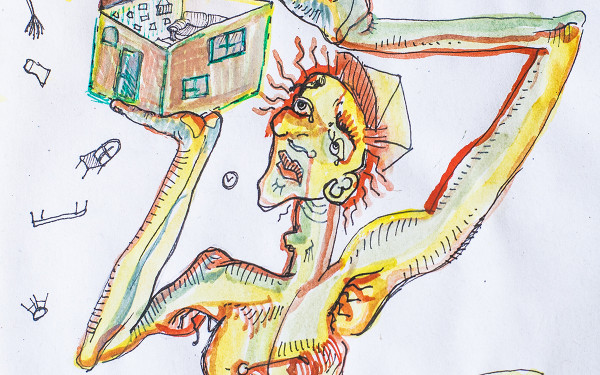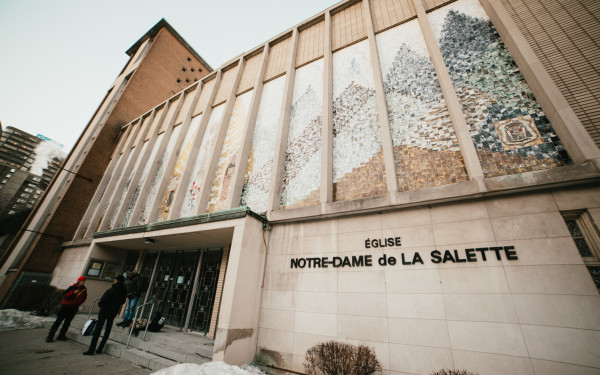Students x gentrification: What you’re doing and how you can help
Montreal’s universities have quietly contributed to the housing crisis
Montreal is in the midst of a massive housing crisis, and some of the city’s historically lower-income areas are being hit the hardest.
The vacancy rate is its lowest in 15 years, dropping to 1.5 per cent in the Montreal area in 2019. Communities are being pushed out of their own neighbourhoods, and the reason is gentrification.
The cost of living in lower-income neighbourhoods has run rampant in most major cities. Symptoms of gentrification such as increasing rents and renovictions—when tenants are evicted to renovate and re-lease apartments for more money—all disproportionately affect low-income groups and immigrants.
The process is fairly universal, but one cause that Montreal has to deal with more than other cities in North America is students. With six universities either partly or entirely in the Greater Montreal Area, over 20 CEGEPs, and more than 200,000 post-secondary students, Montreal has the highest proportion of post-secondary students of any major city on the continent. Over the last 20 years, that population has made its presence increasingly felt in some of Montreal’s lower-income neighbourhoods.
The history behind student gentrification
“In the late 1990s to early 2000s, parents would just buy condos for students for as long as their degree lasts and then flip them,” says Tamara Filyavich, a tenant’s rights and social housing activist. “That contributed to [gentrification] because it took away the availability of rentable housing. It’s gotten a lot more amplified over the last decade where students would rent around universities or accept higher rents in poorer neighbourhoods.”
Be it from not having any experience with standard rent prices, or living with a skewed idea of what regular prices should be, students became favourites amongst landlords given that more experienced tenants wouldn’t agree to such an elevated price. According to Filyavich, it’s a growing trend amongst students who don’t know they’re paying rent above market prices.
More stringent regulations surrounding long-term leases mean some landlords consider temporary rentals as a more enticing business model, especially when it means they can extract higher rents.
Enter the common university student looking for an apartment to live in while they do their bachelor’s degree and aren’t looking to stay in the same place for more than a few years. This makes them a more attractive tenant to landlords, along with the fact that fixing rent is more advantageous for landlords in that scenario.
“Students also have more resources at their disposal. They can pay deposits. They can get a parent to cosign and then end up basically outbidding other low-income people in the neighbourhood,” said Brendan Cooke, a social rights worker for the tenants’ rights group Project Genesis. “A lot of people that have lived in these neighbourhoods for years end up being displaced just by simply being outbid.”
While there are more affluent students who do have the aforementioned resources and support systems at their disposal, that isn’t the case for all of them. Lower-income students also depend on social or affordable housing and may have to look at longer commutes to school because of that.

The gentrification of lower-income communities has a very strong correlation to their proximity to the campuses of Montreal’s many universities. One example is the construction of Université de Montréal’s MIL Campus, which has drawn the outrage of many Park-Extension residents and affordable housing advocates well before it opened in 2019.
Evictions are already on the rise in that low-income neighbourhood, which is a critical hub for new immigrants, especially those coming from South Asia. Recent apartment listings have sometimes stated an explicit preference for students.
The borough of Côte-Des-Neiges—Notre-Dame-De-Grâce, where Project Genesis is located and focuses much of its effort, is another one of the more recent boroughs being hit by student-led gentrification. With Concordia University’s Loyola Campus in the same neighbourhood, Cooke explained how what happened in so many other areas is spreading to NDG in the exact same way.
One of the first boroughs to be hit by student-driven gentrification is Plateau Mont-Royal, due to its proximity to McGill University. While some students can afford the elevated prices, it forces many others who want to live near campus to take whatever they can get.
“We ended up grabbing the first thing that was available—especially on our budget and with the location we wanted, ” said Johana Desjardins, a third-year political science student at McGill who just moved into her second apartment in the Plateau. “At the back of your mind, you always want to make sure you’re not contributing to [gentrification], but we were in a pretty expensive area, so it was really first come first served.”
“At the back of your mind, you always want to make sure you’re not contributing to [gentrification], but we were in a pretty expensive area, so it was really first come first served.”
— Johana Desjardins
A multifaceted problem
While students aren’t the only contributors to the gentrification of Montreal, their role cannot be ignored. And yet, large-scale issues being brought up by housing rights activists are also not being addressed, which means the role of students is not always at the forefront of the conversation.
“The lack of rental housing that’s been worsened by the rise of Airbnb and other forms of short-term renting has really occupied a lot of the discussion,” said Filyavich. “Students aren’t the only contributors, and the lack of progress on social and affordable housing is the biggest issue that needs to be addressed.”
Filyavich went on to explain that it doesn’t mean a student’s impact isn’t negligible, but there are other important legislative obstacles that affect housing, affordability, and gentrification in the city as a whole.
Decreasing your impact
When it comes to finding a new apartment while doing your best to diminish the impact of gentrification, a student’s most powerful tool is research—both in terms of the community they’re moving into and the rent they’re going to pay throughout their lease.
The Régie du logement du Québec was created to oversee the relationship between landlord and tenant and prevent predatory behaviour. However, over the course of the last few years, the Régie’s stance has begun to soften, according to Filyavich.
“Things have changed drastically now which also contributed [to gentrification],” said Filyavich. “The Régie is siding more and more with landlords. One new measure is making security deposits legal, but only if they’re offered up by a prospective tenant. However, given the kind of competitiveness that we’re experiencing with housing, people who can offer one up are going to win.”
One resource that Cooke and the workers at Project Genesis often recommend everyone use is the ability for prospective tenants to research the past rents paid. If at any point in the 12 months prior a lower rent was paid for that apartment, you can go to the Régie and have yours decreased to that amount.
“In every neighbourhood in Montreal, there’s at least one comité de logement or community organization that helps people understand their housing rights,” said Cooke. “They’ll be able to explain mechanisms that exist like the past rent researching. You can always find information in the news and online about what is important to the history and culture of that specific community you’re moving into.”

That is a problem in nearly every gentrified neighbourhood. When the cost of living goes up for residents, rents for shops, restaurants, and other street-level businesses do too, meaning community-owned businesses find it harder and harder to survive without catering to students and their needs. Multinational franchises and upscale businesses take those spots and further continue gentrification’s vicious cycle.
Aside from shopping at local businesses, there are many tools and resources at a student’s disposal to at least curb the effect of gentrification in their neighbourhood after they’ve moved in.
One of the most important ones is a lease transfer.
Cooke explains that landlords will offer to buy tenants out of their lease. That allows these landlords to then increase the rent as they see fit and increase their profit margins, all while gentrification worsens. This is one of the most common practices used that not only drives up the rent but makes it harder for lower-income people to find a place to live.
Rather than simply moving out, tenants can transfer their lease to another person with the same terms. Transferring a lease not only slows rent inflation, but also helps longstanding, low-income residents from being pushed out of their own neighbourhoods.
Landlords have 15 days to refuse a transfer after you’ve given notice but can only do so for serious reasons, and even those can be contested with the Régie. Once the transfer passes, it legally requires the following tenant’s rent to be the same that you paid.
Cooke’s main argument in favour of a lease transfer is simple: class solidarity.
“Sometimes it’s more beneficial for an individual to just take the cash settlement, but in terms of preserving a low rent for everyone, that’s a really important strategy,” said Cooke. “It’s another example of a community working for what’s in the best interest of the people that live there.”
When asked about one piece of advice he could give any student looking for their first apartment, he stressed the importance of community.
“You can’t be thinking of your living condition as temporary even if it is, in fact, temporary for you,” said Cooke. “When you leave an apartment, you need to be conscious of the fact that you leaving will have consequences on that neighbourhood even if it’s something that won’t affect you. That’s why mechanisms like lease transfers are so vital to the city.”
This article originally appeared in The Disorientation Issue, published September 8, 2020.


_600_832_s.png)

_600_375_90_s_c1.jpg)


